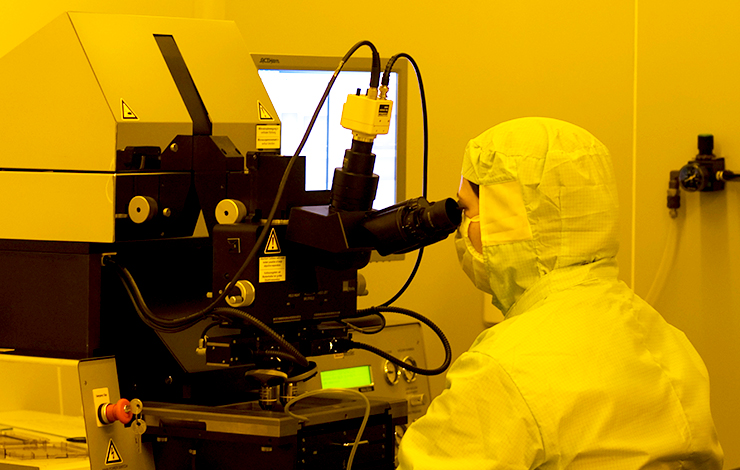
Chitosan-based nanoparticles as drug delivery systems for doxorubicin: Optimization and modelling
| Title | Chitosan-based nanoparticles as drug delivery systems for doxorubicin: Optimization and modelling |
| Publication Type | Journal Article |
| Year of Publication | 2016 |
| Authors | Soares PIP a, Sousa AI a, Silva JC b, Ferreira IMM a, Novo CMM c, Borges JP a |
| Journal | Carbohydrate Polymers |
| Volume | 147 |
| Pagination | 304-312 |
| ISSN | 01448617 |
| Keywords | Chitin, Chitosan, Chitosan nanoparticles, Doxorubicin, Drug delivery, Drug delivery system, Experimental conditions, Hydrodynamic diameter, Mathematical models, Nanoparticles, pH, Physiological pH, Release mechanism, Swelling behavior |
| Abstract | In the present work, two drug delivery systems were produced by encapsulating doxorubicin into chitosan and O-HTCC (ammonium-quaternary derivative of chitosan) nanoparticles. The results show that doxorubicin release is independent of the molecular weight and is higher at acidic pH (4.5) than at physiological pH. NPs with an average hydrodynamic diameter bellow 200 nm are able to encapsulate up to 70% and 50% of doxorubicin in the case of chitosan and O-HTCC nanoparticles, respectively. O-HTCC nanoparticles led to a higher amount of doxorubicin released than chitosan nanoparticles, for the same experimental conditions, although the release mechanism was not altered. A burst effect occurs within the first hours of release, reaching a plateau after 24 h. Fitting mathematical models to the experimental data led to a concordant release mechanism between most samples, indicating an anomalous or mixed release, which is in agreement with the swelling behavior of chitosan described in the literature. © 2016 Elsevier Ltd. All rights reserved. |
| URL | https://www.scopus.com/inward/record.uri?eid=2-s2.0-84964319827&doi=10.1016%2fj.carbpol.2016.03.028&partnerID=40&md5=9121037c9752ca6c107074625162cd78 |
| DOI | 10.1016/j.carbpol.2016.03.028 |








